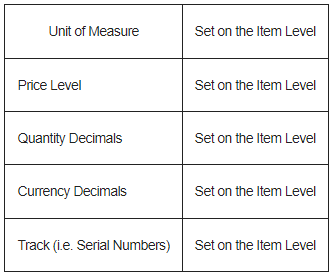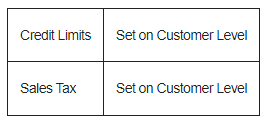Dynamics GP Classes vs. Dynamics 365 for Operations Groups
Classes in Dynamics GP are a great tool to use when categorizing and configuring new customers, vendors, and inventory in GP. They allow you to default a variety of settings, rather than manually selecting the settings each time. When creating customers, vendors, and inventory in Dynamics 365 for Operations there are similar setup options to classes, however they are not an exact process match. Below is a breakdown of the main setup options in classes in GP vs. options in Operations.
Dynamics GP Item Class:
The Dynamics GP Item Class contains the information that is common to a group, or class, of items. If you try to find an Item Class in Dynamics 365 for Operations, you will be disappointed. In Operations, the combination of the entities Item Group and Item Model Group most closely relate to Item Class in Dynamics GP. The following table outlines the commonalities between the Item Class and the Item Group/Item Model Group in Operations.
Other common Item Class entries are set on the item level or in other locations in Operations. These settings and the Item Model Group/Item Group can all be added from a template when creating a new released product.
Dynamics GP Customer Class:
The Dynamics GP Customer Class contains the information that is common to a group or class of customers. However, in Dynamics 365 for Operations common information for a group or class of customers is a combination of entities, Customer Group, and Customer Posting Profiles.
Other common Customer Class entries are set on the customer level or in other locations in Operations. These settings and the Customer Group/Customer Posting Profile can be added from a template when creating a new customer.
Dynamics GP Vendor Class:
The Dynamics GP Vendor Class contains the information that is common to a group or class of Vendors. However, in Dynamics 365 for Operations common information for a group or class of customers is a combination of entities, Vendor Group, and Vendor Posting Profiles.
Other common Vendor Class entries are set on the vendor level or in other locations in Operations. These settings and the Vendor Group/Customer Posting Profile can be added from a template when creating a new vendor.
Although the differences between classes and groups may seem frustrating for GP users migrating to Operations, the benefits outweigh the adjustment pains. While there are multiple places to configure customers, vendors and item default settings, by having these setup sections split it allows for greater flexibility and control over the setup. It also allows for fewer default classes or groups, as you can mix and match settings, rather than having to account for all variances in a multiple classes.







